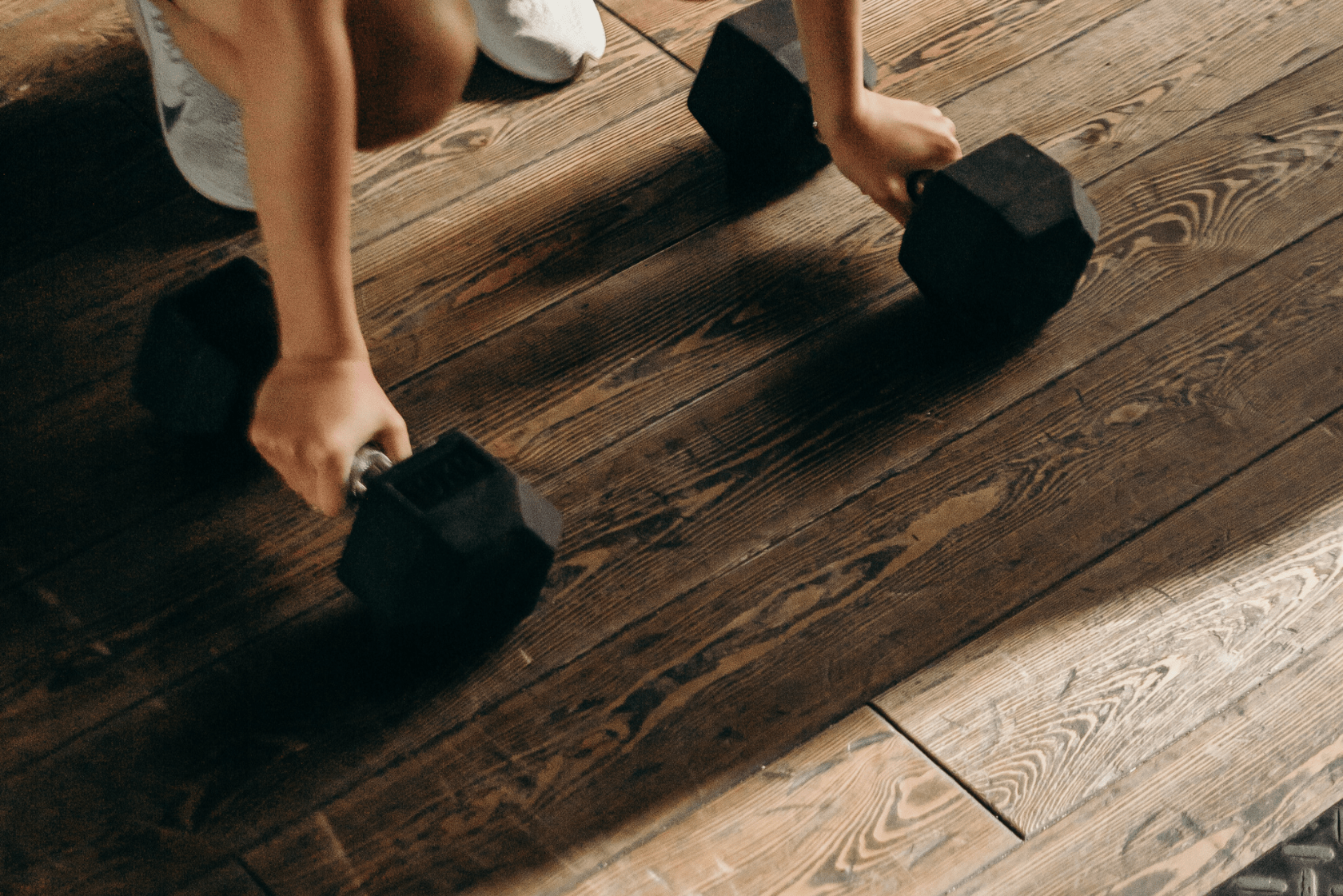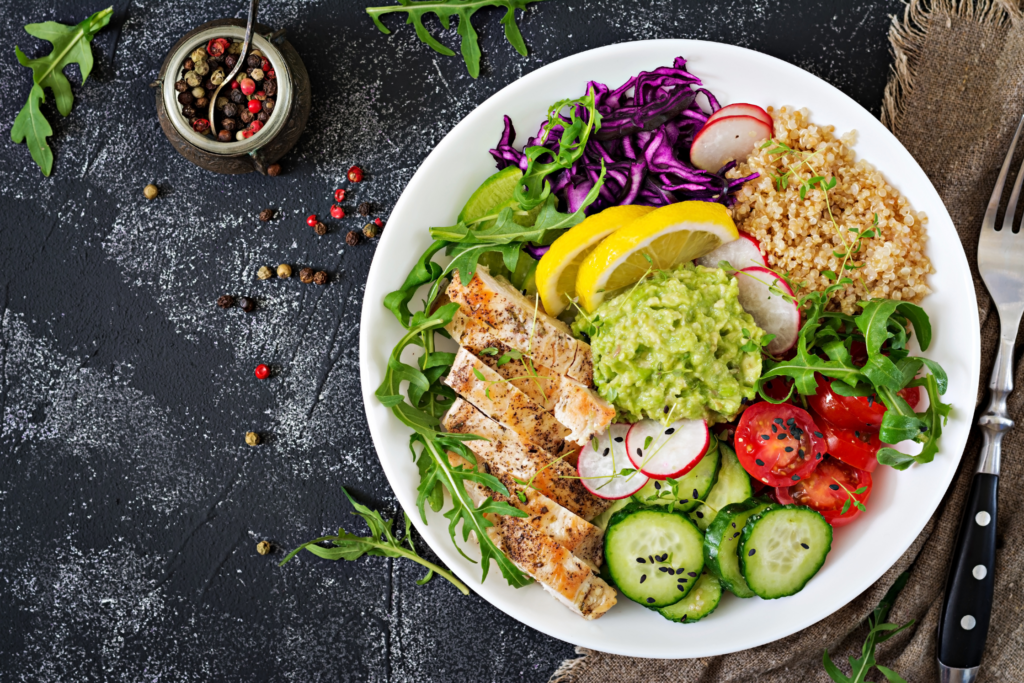Forget About Losing Weight, Build Muscle to Boost Your Metabolism and Burn More Calories!
In our weight-obsessed society, we are constantly bombarded with messages telling us that we need to be thinner. But what if the real key to well-being lies elsewhere? What if, instead of focusing on losing weight, we focused on preserving and building our muscle mass?
Why is muscle mass so important?
It’s simple: the more muscle you have, the more calories you burn at rest! This is because muscle is a metabolically active tissue, meaning it uses energy even when you’re not doing anything.
Understanding the 4 Pillars of Energy Expenditure
To optimize your metabolism and burn more calories, it’s important to understand the different factors that influence energy expenditure. These can be divided into 4 categories:
1. Basal Metabolic Rate (BMR):
Your basal metabolism accounts for the majority of your energy expenditure, approximately 60 to 75% of total energy expenditure. Understanding how it works is essential to better manage your weight. Several factors, such as your gender, age and muscle mass, influence your basal metabolism. Make a precise assessment to better target your objectives using our calorie calculator here.
2. Physical Activity (PA):
This is the energy you expend by moving, whether it’s during a workout or in your daily activities. Find activities that you enjoy and that feel natural to you, as this will make it more likely that you will stick with them in the long term.
3. Non-Exercise Activity Thermogenesis (NEAT):
NEAT, or Non-Exercise Activity Thermogenesis, is the amount of energy your body expends on activities other than exercise and sleep, like standing, walking, typing, or even shivering. Although these movements seem minor, they can have a significant impact on your total energy expenditure. To increase your NEAT, try moving more throughout the day by taking active breaks, taking short walks instead of driving, or finding ways to make your daily tasks more active. NEAT can represent approximately 10 to 20% of total energy expenditure.
4. Thermic Effect of Food (TEF):
The Thermal Effect of Food (TEF) refers to the energy your body expends to digest, absorb and store the nutrients you consume. Some foods, like protein, require more energy to digest than others, meaning that eating protein-rich foods can increase your total energy expenditure. Try to include lean protein sources in every meal, such as chicken, fish, eggs or legumes, to maximize your TEF and support your health and fitness goals. TEF represents approximately 10% of total energy expenditure.

5 Tips to Boost Your Metabolism
1. Build muscle! This is the most effective way to increase your BMR over the long term. Strength training will not make you “bulky,” but it will help you burn more calories at rest.
2. Move more throughout the day! Take the stairs instead of the elevator, take regular walking breaks, and try to find ways to incorporate more activity into your daily life.
3. Choose foods rich in protein. They increase TEF and keep you feeling full longer.
4. Avoid long periods of sedentary time. Get up and move every 30 minutes to keep your metabolism active.
5. Mix it up! Combine strength training, cardio, and daily activities to maximize your energy expenditure.
By focusing your efforts on building muscle mass and adopting an active lifestyle, you can boost your metabolism and burn more calories naturally. Remember that the key to success is consistency and perseverance.






